
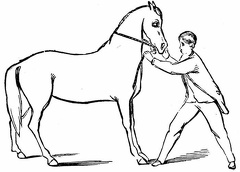 Teaching the horse to back
Teaching the horse to back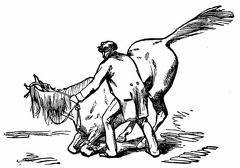 Preparing to lie down
Preparing to lie down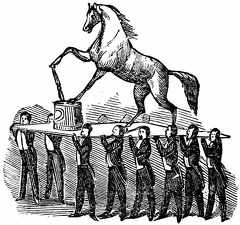 Pedestal Trick
Pedestal Trick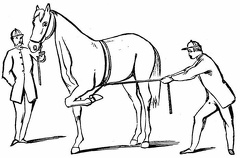 'Whoa'
'Whoa'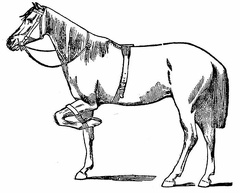 The short strap in use
The short strap in use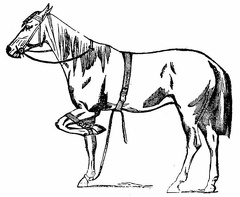 The short and the long straps
The short and the long straps The Horse lying down
The Horse lying down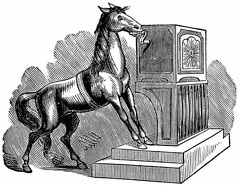 The Hand-organ performance
The Hand-organ performance The application of both straps
The application of both straps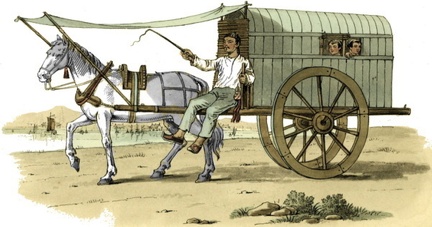 A Chinese Carriage
A Chinese Carriage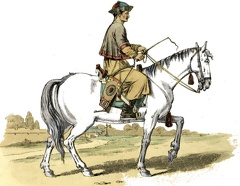 A Tartar Dragoon
A Tartar Dragoon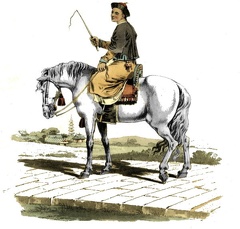 A mandarin's servant on horseback
A mandarin's servant on horseback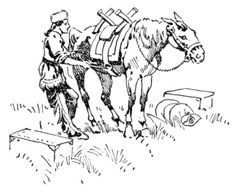 A Pack Horse
A Pack Horse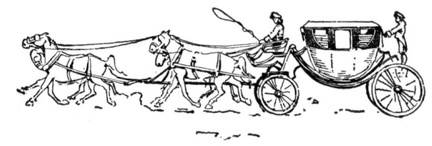 Washington's Coach
Washington's Coach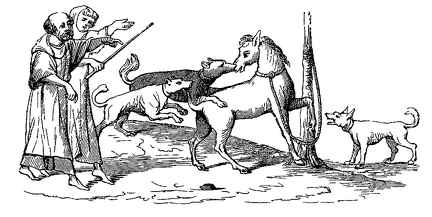 Fight between a horse and dogs
Fight between a horse and dogs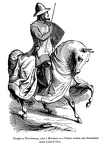 Knight in War Harness
Knight in War Harness The Rubbish Carter
The Rubbish Carter Member of the body-guard of the Sheikh of Bornou
Member of the body-guard of the Sheikh of Bornou Lancer of the army of the Sultan of Begharmi
Lancer of the army of the Sultan of Begharmi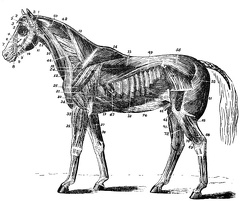 Muscles of the Horse
Muscles of the Horse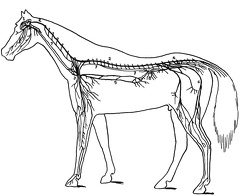 Nervous system of a horse
Nervous system of a horse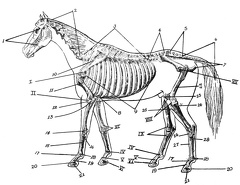 Skeleton of Horse
Skeleton of Horse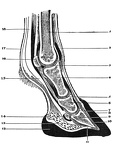 Cross section of foot of a horse
Cross section of foot of a horse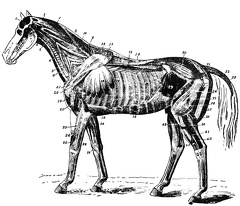 Deep muscles of the horse
Deep muscles of the horse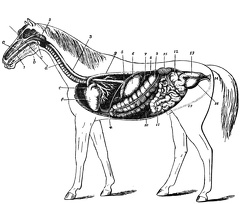 Digestive and Urinary apparatus
Digestive and Urinary apparatus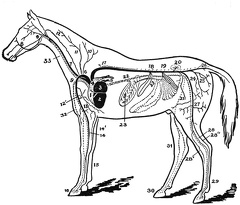 Heart and chief blod vessels
Heart and chief blod vessels



